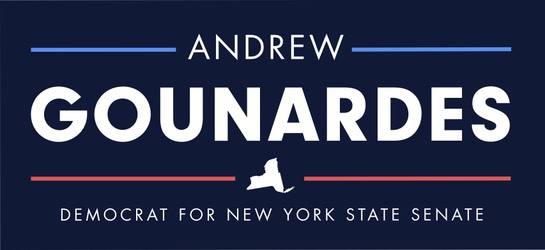|
Friend,
Our nation’s student loan system is untenable. Student debt has more than doubled over the past two decades and U.S. borrowers owe a collective $1.6 trillion, surpassing both auto loans and credit card debt. Many borrowers owe more in interest than they had to borrow for tuition because Congress legislated high interest rates, then compounded the problem by prohibiting refinancing for repayment and loan forgiveness. Even in these circumstances, and at a time when half of New York City households can’t afford the cost of living, the Supreme Court scuttled the Biden administration’s effort to relieve borrowers of up to $20,000 in student loan debt, placing increased financial strain on countless borrowers. For those of us carrying student loan debt, myself included, October 1st will mark the resumption of loan repayments after a three-year pause. While I will continue to work at the state level to support borrowers and ease the strain, there are a few steps you can take to manage this impact now. Here is a checklist to help you start planning for resumption of payments:
This Tuesday at noon I will be co-hosting a Taking Down Student Debt: Strategies for Repayment & Attaining Loan Forgiveness webinar in conjunction with colleagues, EDCAP, and the Community Service Society. Feel free to join us to receive expert guidance and get your questions answered. And I will continue fighting for student debt relief every step of the way. |
|
In service, |
|
|
Andrew |
|
|
|
|
|
Andrew for New York 725 70th Street, Apt C1 Brooklyn, New York 11228
If you believe you received this message in error or wish to no longer receive email from us, you can unsubscribe at any time by clicking here to unsubscribe. |

